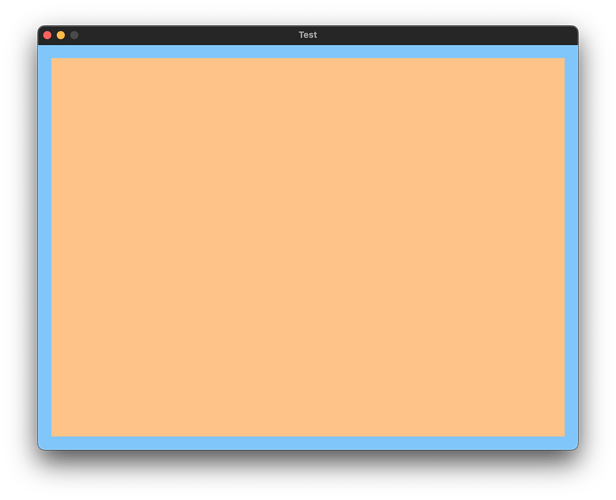Are you setting any hints?
What do you get if, right after calling SDL_Init(), you insert the line
SDL_LogSetAllPriority(SDL_LOG_PRIORITY_VERBOSE);
You can post formatted code here, using 3 backticks (not apostrophes) on their own line to start a code block, and three more on their own line to end it.
This code works on my system (2018 Mac Mini, Intel, macOS 13 Ventura):
#include <stdio.h>
#include <stdlib.h>
#include <string.h>
#include <SDL2/SDL.h>
#define SCREEN_WIDTH 800
#define SCREEN_HEIGHT 600
int main(int argc, char **argv)
{
if(SDL_Init(SDL_INIT_VIDEO) < 0) {
fprintf(stderr, "ERROR: %s\n", SDL_GetError());
return EXIT_FAILURE;
}
SDL_LogSetAllPriority(SDL_LOG_PRIORITY_VERBOSE);
SDL_Window *window = SDL_CreateWindow("Test", SDL_WINDOWPOS_UNDEFINED, SDL_WINDOWPOS_UNDEFINED,
SCREEN_WIDTH, SCREEN_HEIGHT, 0);
if(window == NULL) {
fprintf(stderr, "ERROR: can't create window: %s\n", SDL_GetError());
return EXIT_FAILURE;
}
SDL_Renderer *renderer = SDL_CreateRenderer(window, -1, SDL_RENDERER_ACCELERATED | SDL_RENDERER_PRESENTVSYNC);
if(renderer == NULL) {
fprintf(stderr, "ERROR: can't create renderer: %s\n", SDL_GetError());
return EXIT_FAILURE;
}
// The above call to SDL_LogSetAllPriority() should make SDL print which backend was used when
// creating the renderer, but do it ourselves anyway.
SDL_RendererInfo info;
SDL_GetRendererInfo(renderer, &info);
printf("Renderer backend: %s\n", info.name);
int running = 1;
while(running) {
SDL_Event event;
while(SDL_PollEvent(&event)) {
switch(event.type) {
case SDL_QUIT:
running = 0;
break;
}
}
SDL_SetRenderDrawColor(renderer, 128, 196, 255, 255);
SDL_RenderClear(renderer);
SDL_Rect rect = { 20, 20, SCREEN_WIDTH - 40, SCREEN_HEIGHT - 40 };
SDL_SetRenderDrawColor(renderer, 255, 196, 128, 255);
SDL_RenderFillRect(renderer, &rect);
SDL_RenderPresent(renderer);
}
SDL_Quit();
return EXIT_SUCCESS;
}
Gives the following output
2022-12-01 18:45:29.308 test[6532:442136] INFO: Created renderer: metal
Renderer backend: metal
and draws everything correctly
